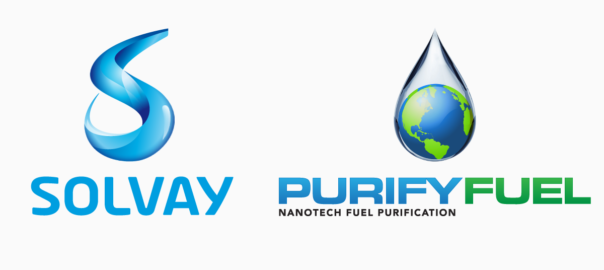Cementation Americas has announced the completion of the full faced raisebored raise at Solvay Chemicals #5 shaft in Green River, Wyoming, USA.
The project required the company to complete a 22 ft (6.7 m) diameter shaft, complete with concrete liner, from surface to a depth of 1,506 ft (459 m).
Concrete liner thickness increased as the depth of the shaft increased, so the initial concept was to complete a pilot slash raise with a raisebore drill and then slash from the top down to achieve the differing diameters to accommodate concrete liner thickness, the company explained. Cementation instead proposed a full face raisebored shaft solution with variable diameters for each section.
“We worked closely with Sandvik to design, engineer and manufacture a reaming head that could be diminished in diameter rather than manufacturing different diameters of outside wings,” Cementation said. “Final design allowed for five diameter options; maximum of 26.67 ft (8.1 m), down to 24.48 ft, in increments of 6.6 in (168 mm). The 26.67 ft. diameter reamer consisted of 12 individual sections, 46 cutters and weighed 136,000 lbs (61,689 kg).”
Following completion of 68 ft deep collar excavation and lining, Cementation’s Strata 950 Raise Drill was set up over the collar and a 16 in diameter pilot hole was drilled with Micon’s rotary vertical drilling system (RVDS). When the completed pilot hole was surveyed, the total deviation from vertical was found to be less than 4 in over entire length of pilot hole, according to the company.
Based on the pilot hole survey, it was determined that the first leg of the shaft would be reamed to 26.13-ft diameter for 588 ft of shaft, followed by 25.02-ft diameter for the next 285 ft of shaft and 24.47-ft diameter for the final 535 ft of shaft to surface.
Reaming of the shaft was completed on April 24 and the Cementation shaft crews are now in the process of completing the shaft lining.
This raise was one of the largest ever pulled in the Americas and was completed without incident, the company noted.
Its success was the result of a collaborative effort by all parties involved by providing the best technical solution for the Solvay Chemicals #5 Shaft, which is part of the company’s trona operations in Green River.
Pictured is the Solvay reaming head at the Sandvik workshop in Sudbury, Ontario, Canada








